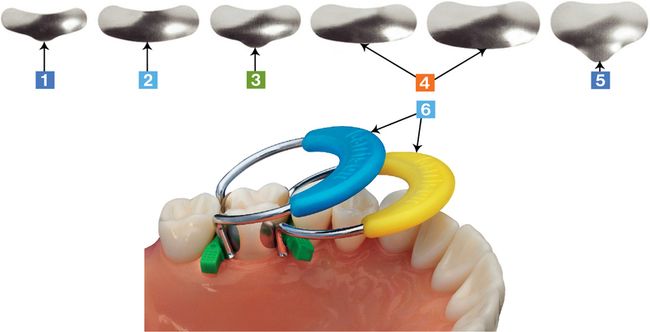Composite restorative instruments




Photo courtesy Garrison Dental Solutions, Spring Lake, MI.
Stay updated, free dental videos. Join our Telegram channel

VIDEdental - Online dental courses






Photo courtesy Garrison Dental Solutions, Spring Lake, MI.



